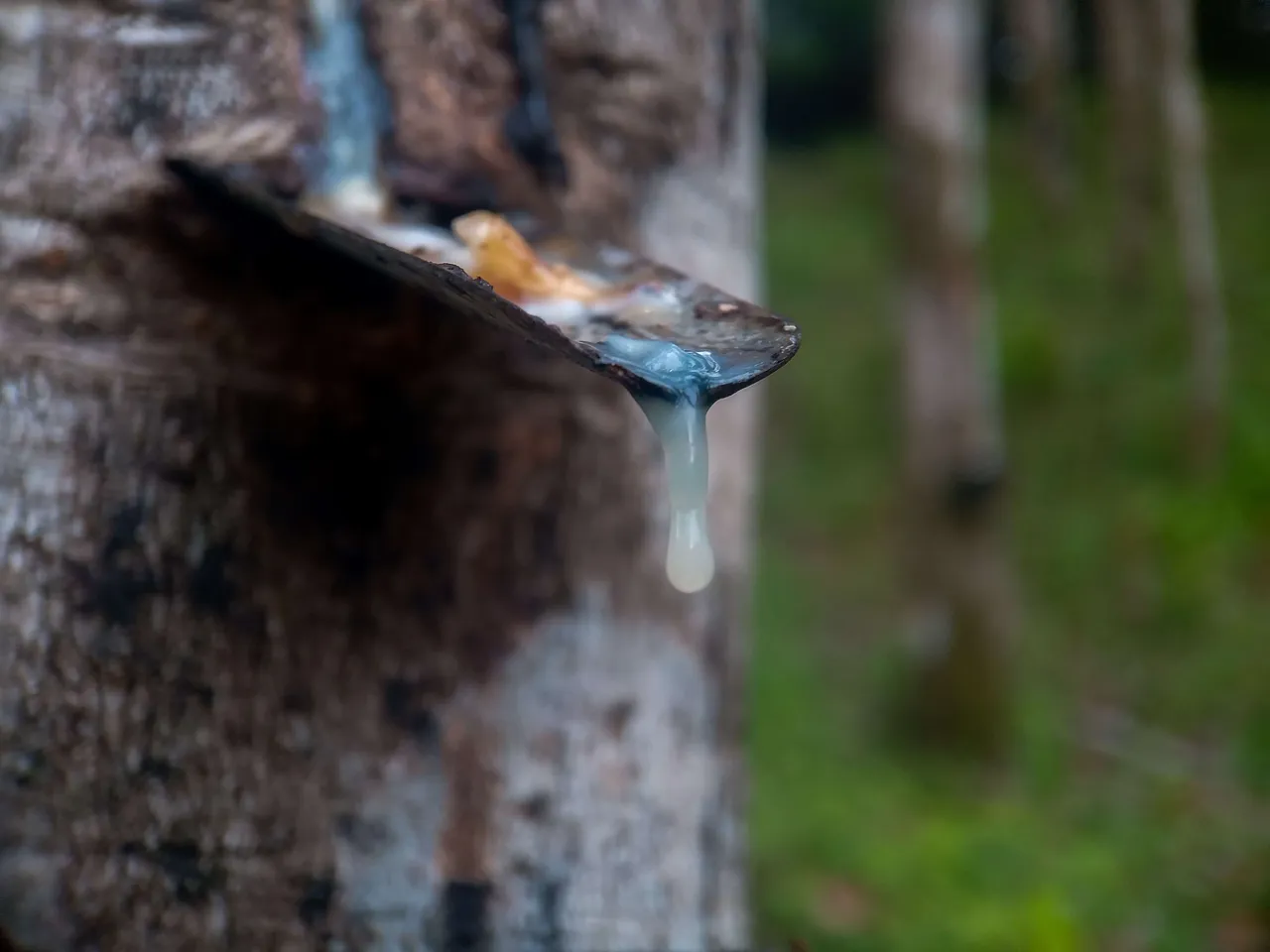
Greetings to everyone in this Community of Nature Lovers. How was your day this past week. Are you all okay, I hope it will be like that.
We have several hectares of rubber plantations that have been producing sap for a long time. So we can collect the sap every day during the dry season, but during the rainy season the rubber trees cannot be dredged, because the sap will mix with rainwater.


Early in the morning I went to the rubber plantation to tap our gum trees, it took about 4 hours to finish tapping the rubber trees with an area of 2 hectares.
The weather in the morning is still very cold but I have to finish this work before 10 am. No need for adequate skills for this task, only by using a special knife for deres everything will be resolved.
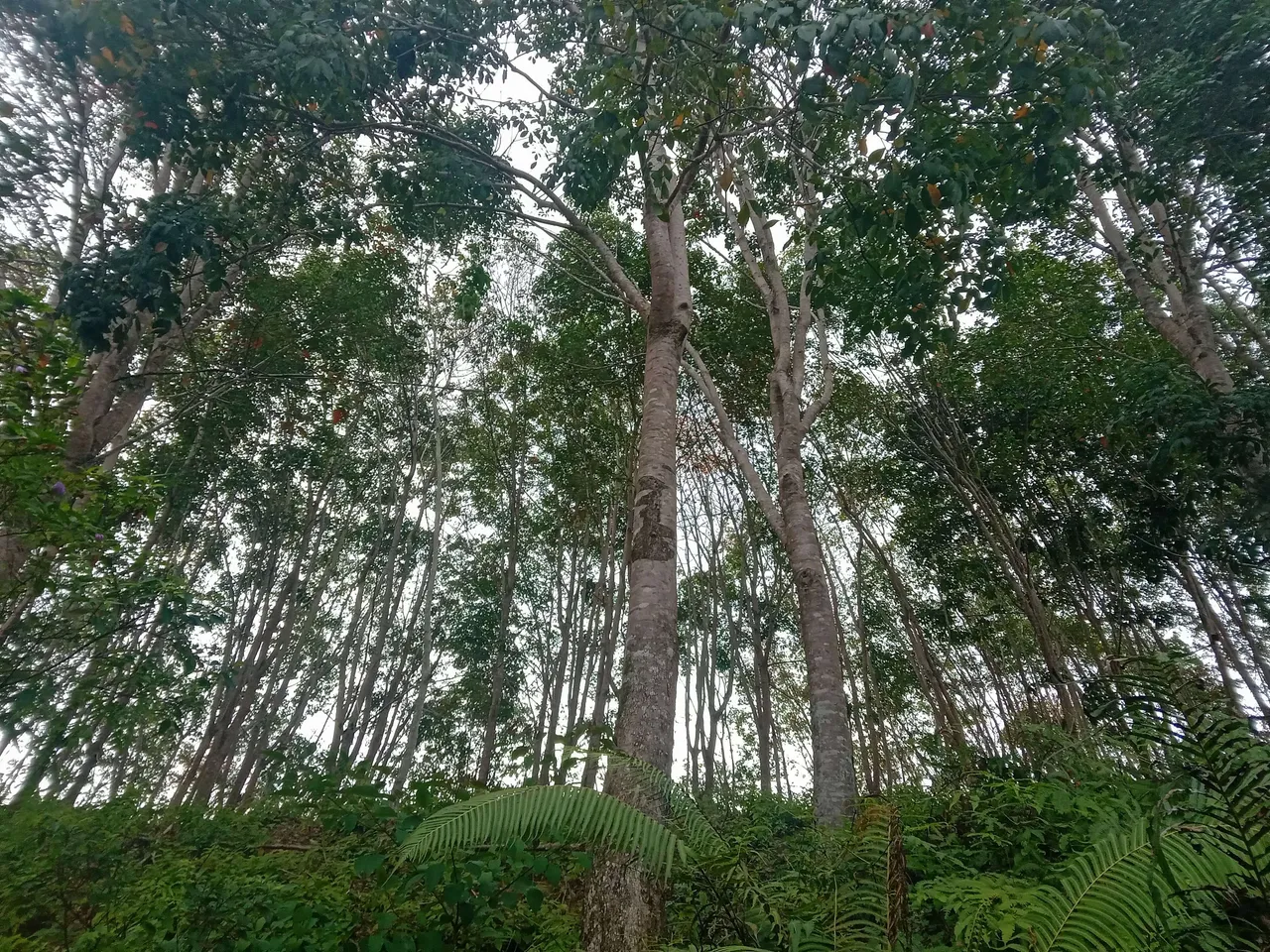
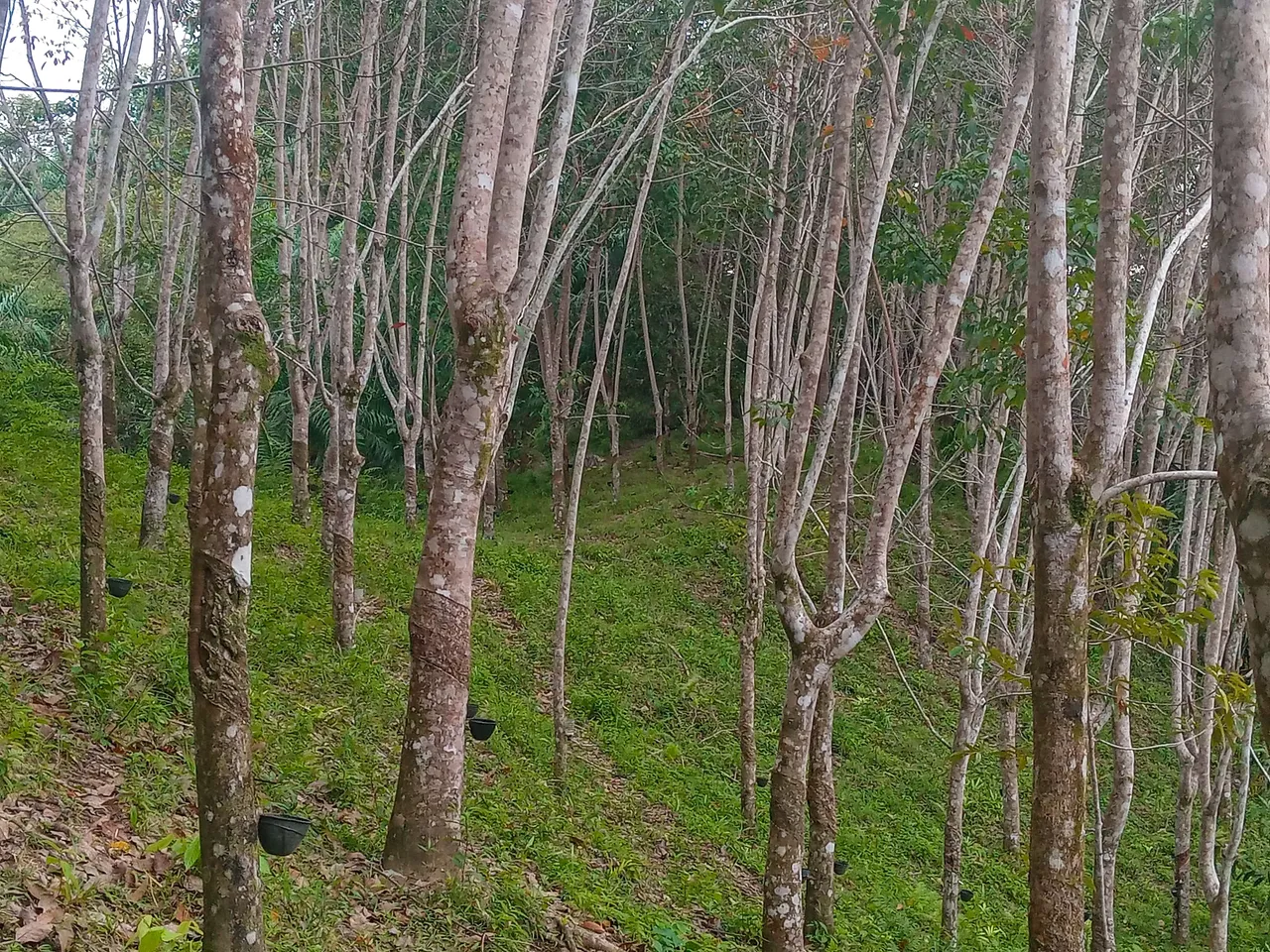
That's how every day I do this job. only in the rainy season and in the fall of leaves do I rest for this work, and that is the time for the sap tree to recover its trunk again.
This sap tree is about 12 years old and has given satisfactory results, but unfortunately the price of rubber sap has dropped dramatically in the last few years. Even though the price is low, rubber trees still have to be towed, because if not, the trunks will break and they may also collapse.

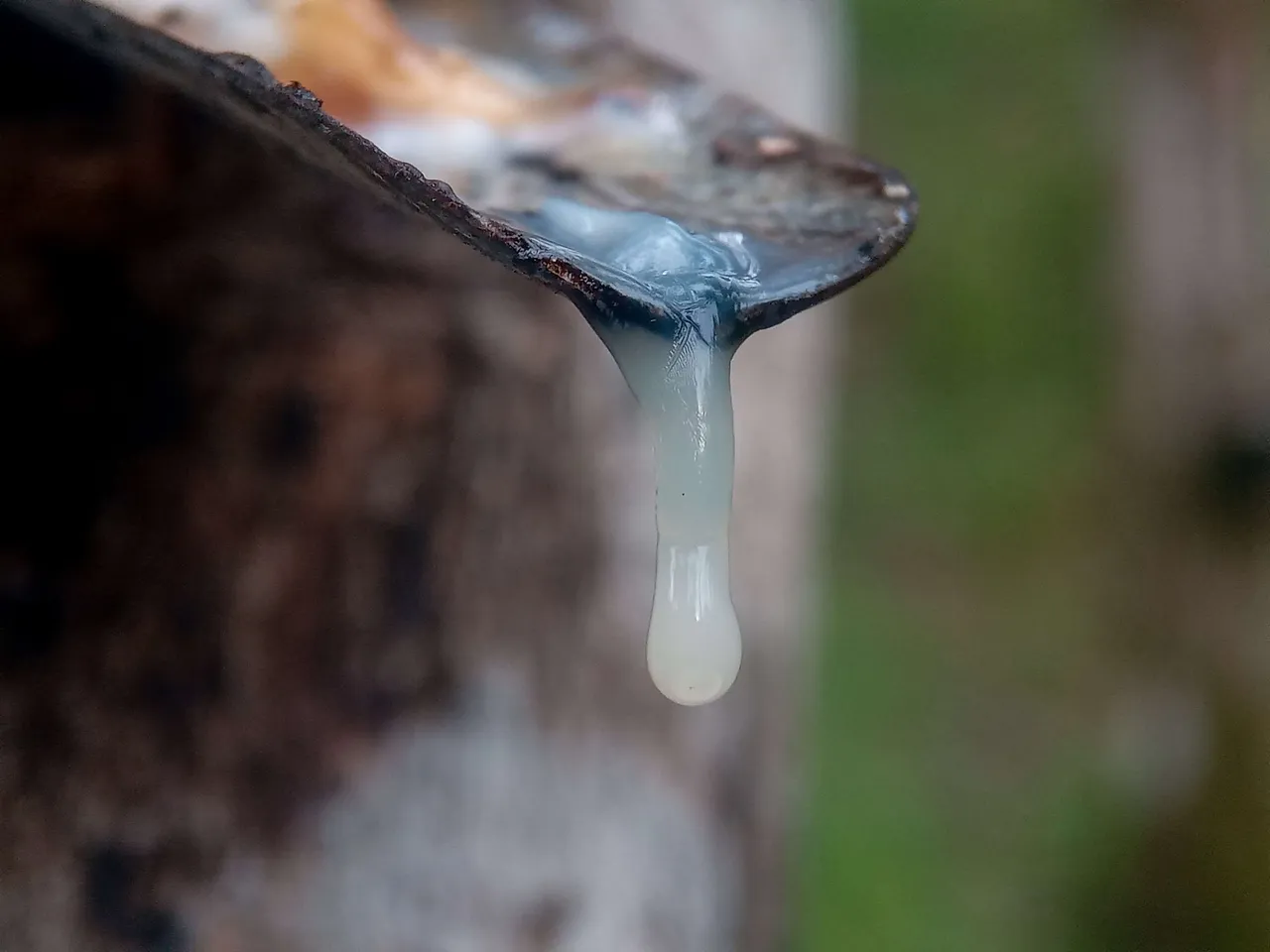
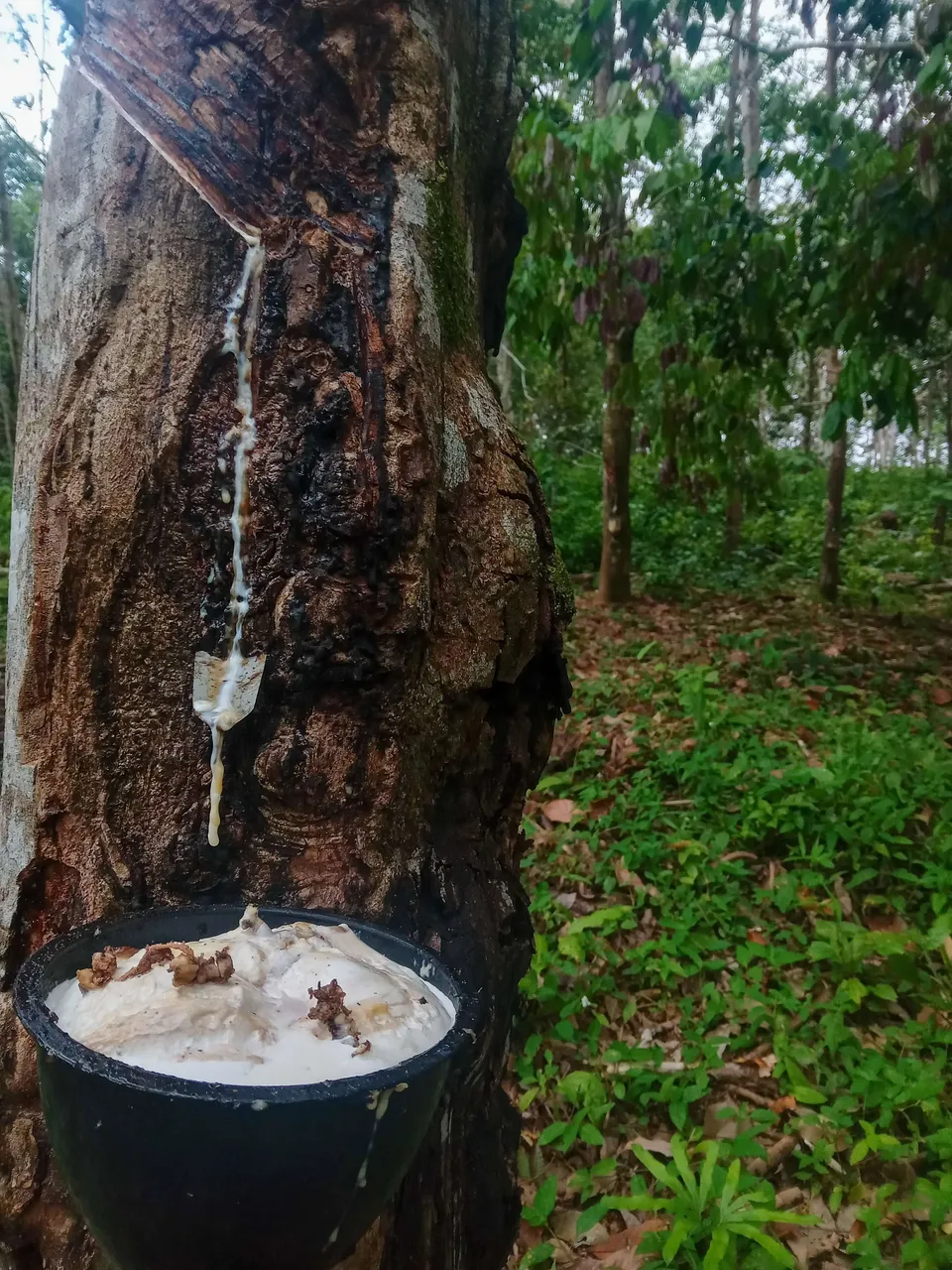
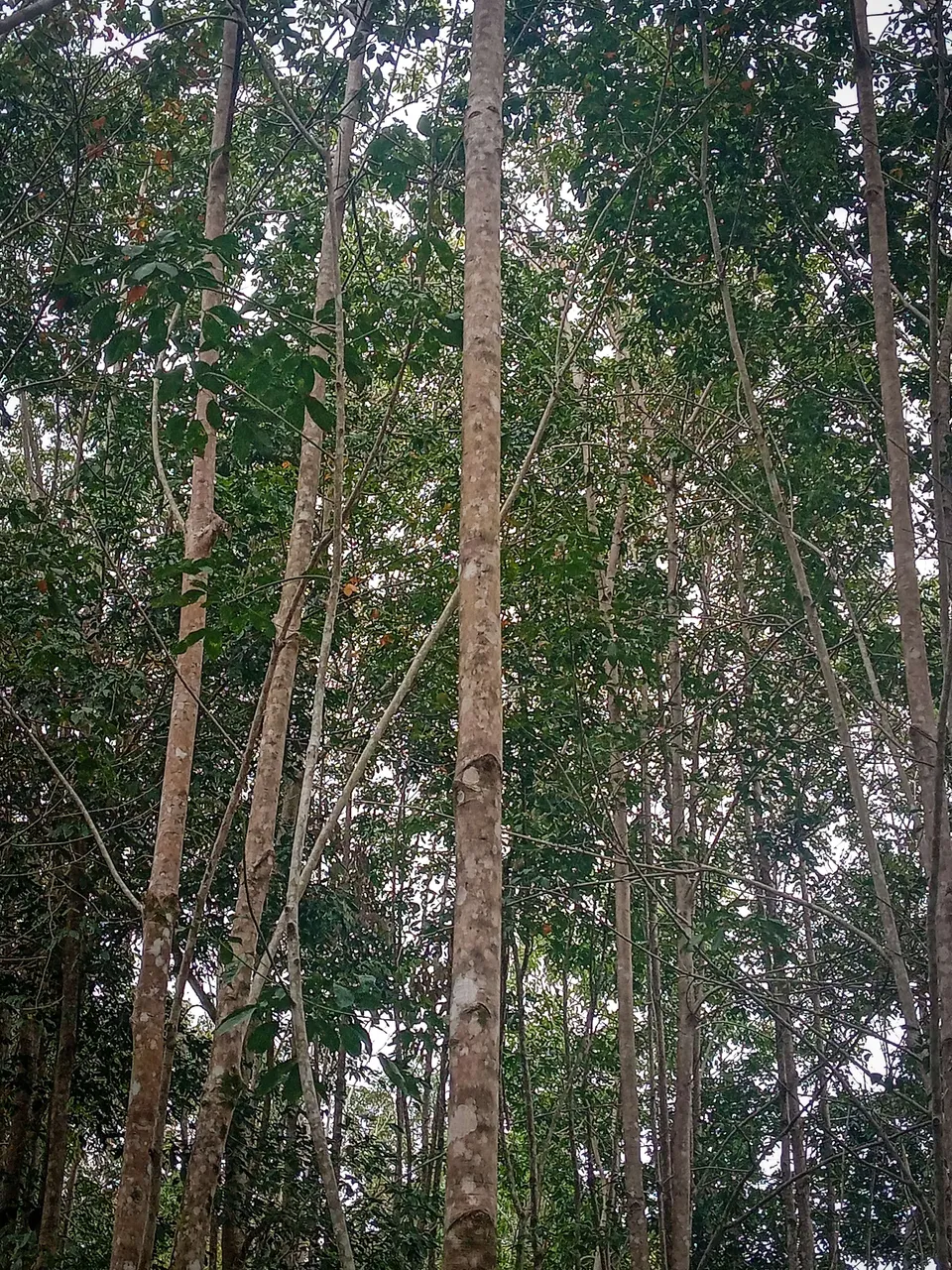

In each rubber tree, we put bowls that function to collect the latex of this rubber. I bought these bowls at a farm shop, but I also used some used mineral drink bottles, it doesn't matter, the only purpose is so that the sap can be accommodated properly.
From each rubber tree, sometimes the amount of sap obtained is not the same, some are a lot and some are only half filled with a holding bowl.
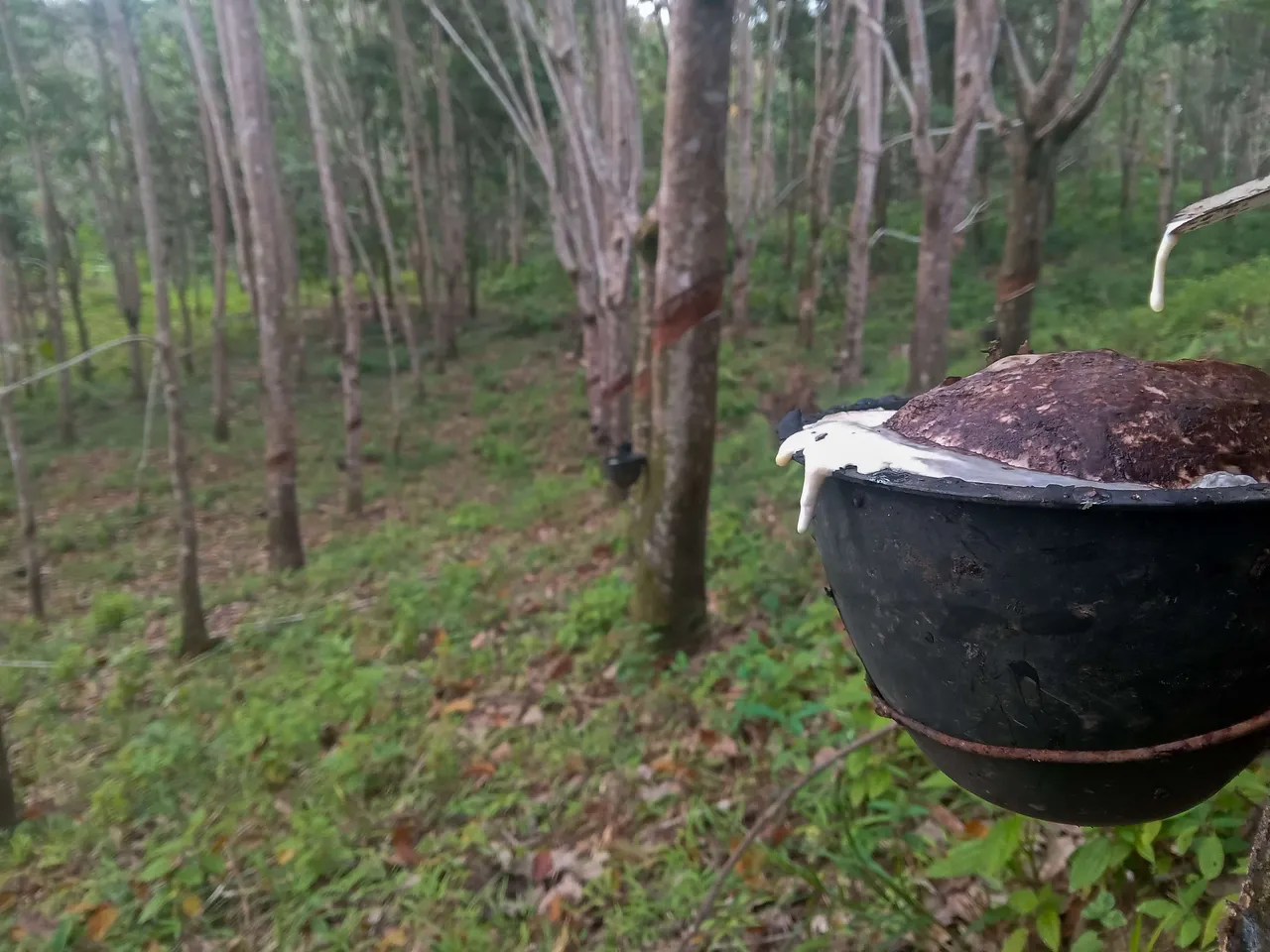

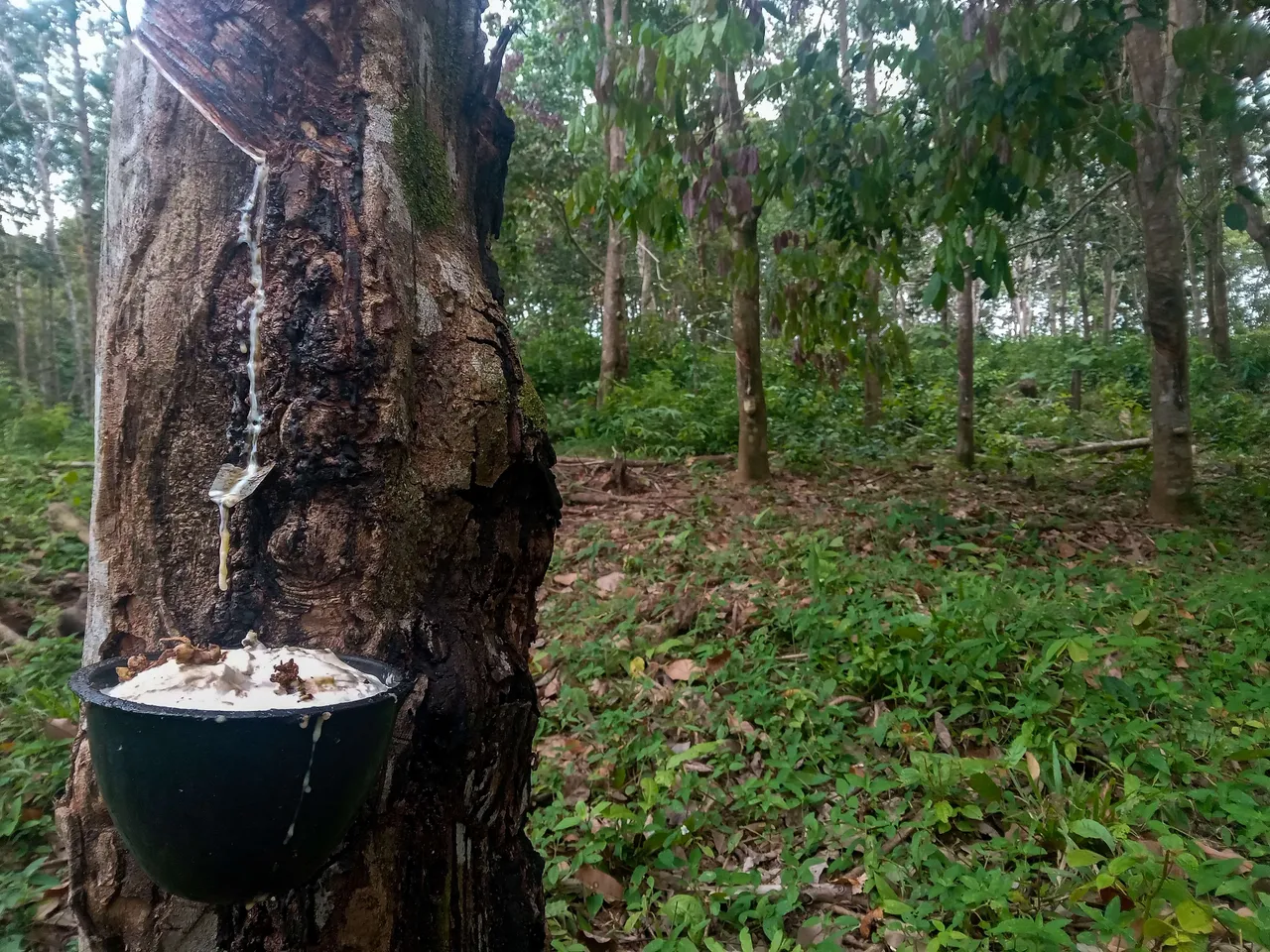
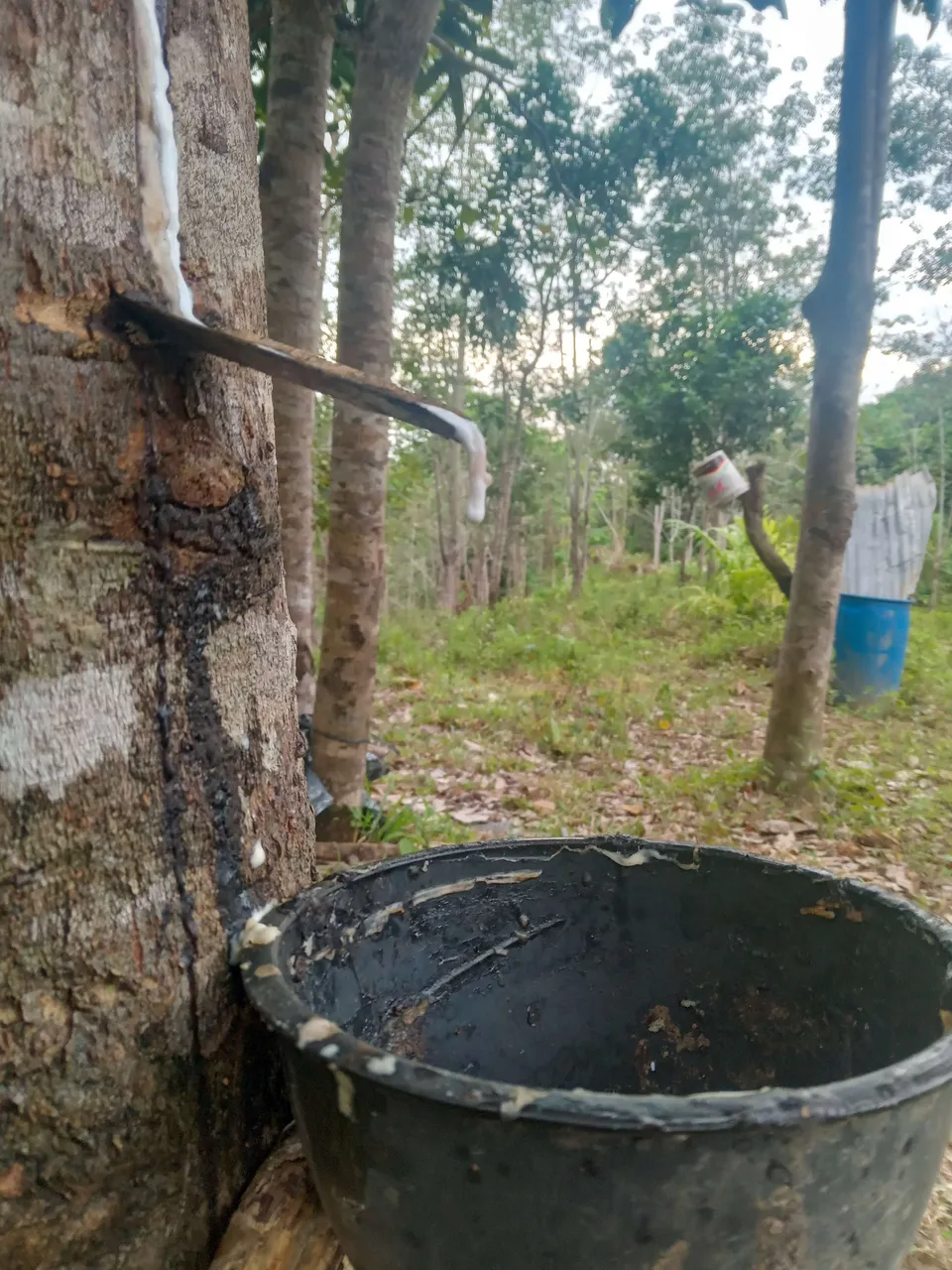






After all the stems have been tapped in the morning, I will remove the sap in the afternoon, and then put it in the soil mold which aims to unite the sap to become a sap bar, then I place the rods into the holding pond before the stage transport for sale.
But in this post I haven't shown the part about molding the sap into bars and about putting it into a holding pond. Because I want to show that stage in my next post.
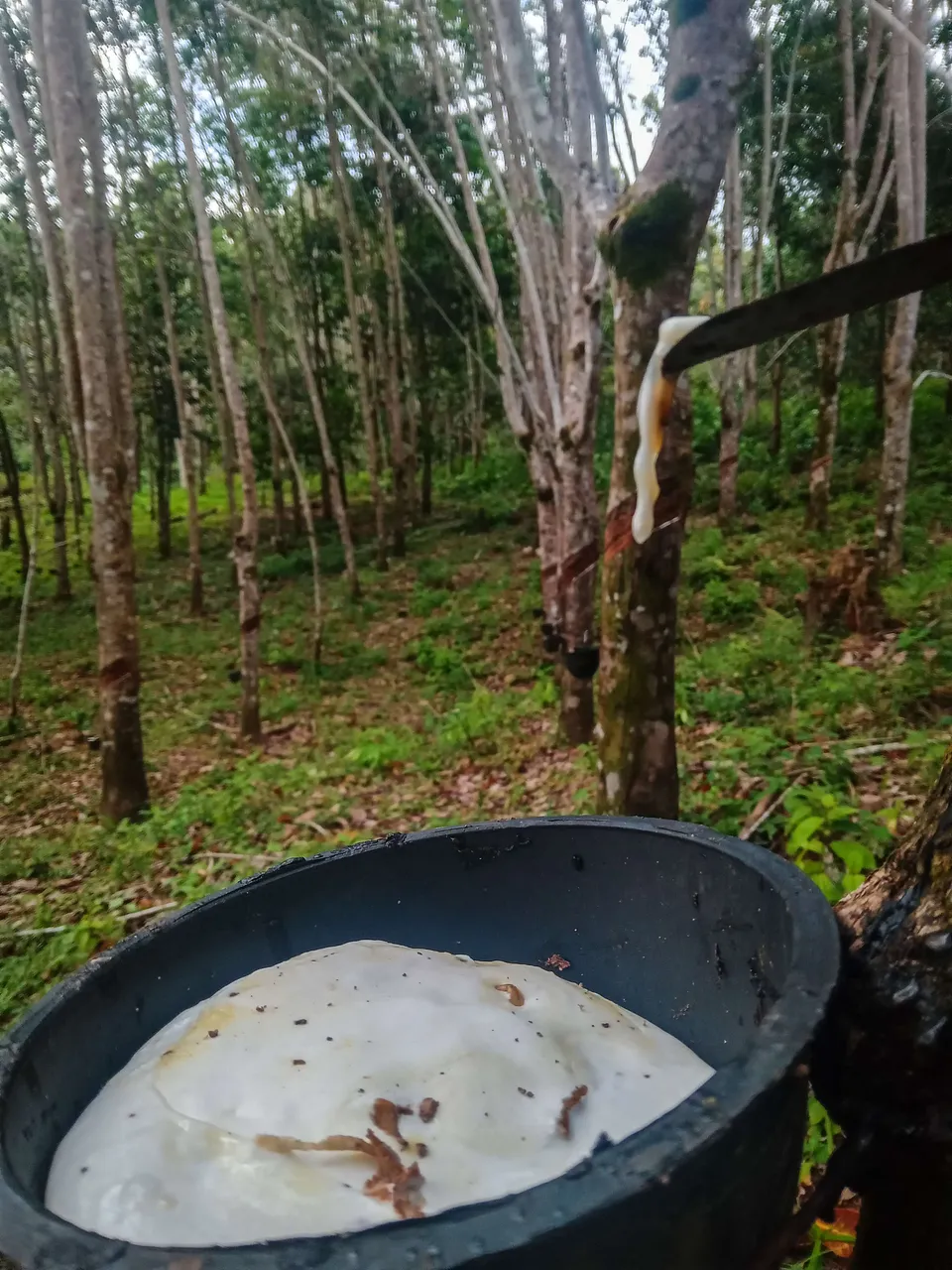

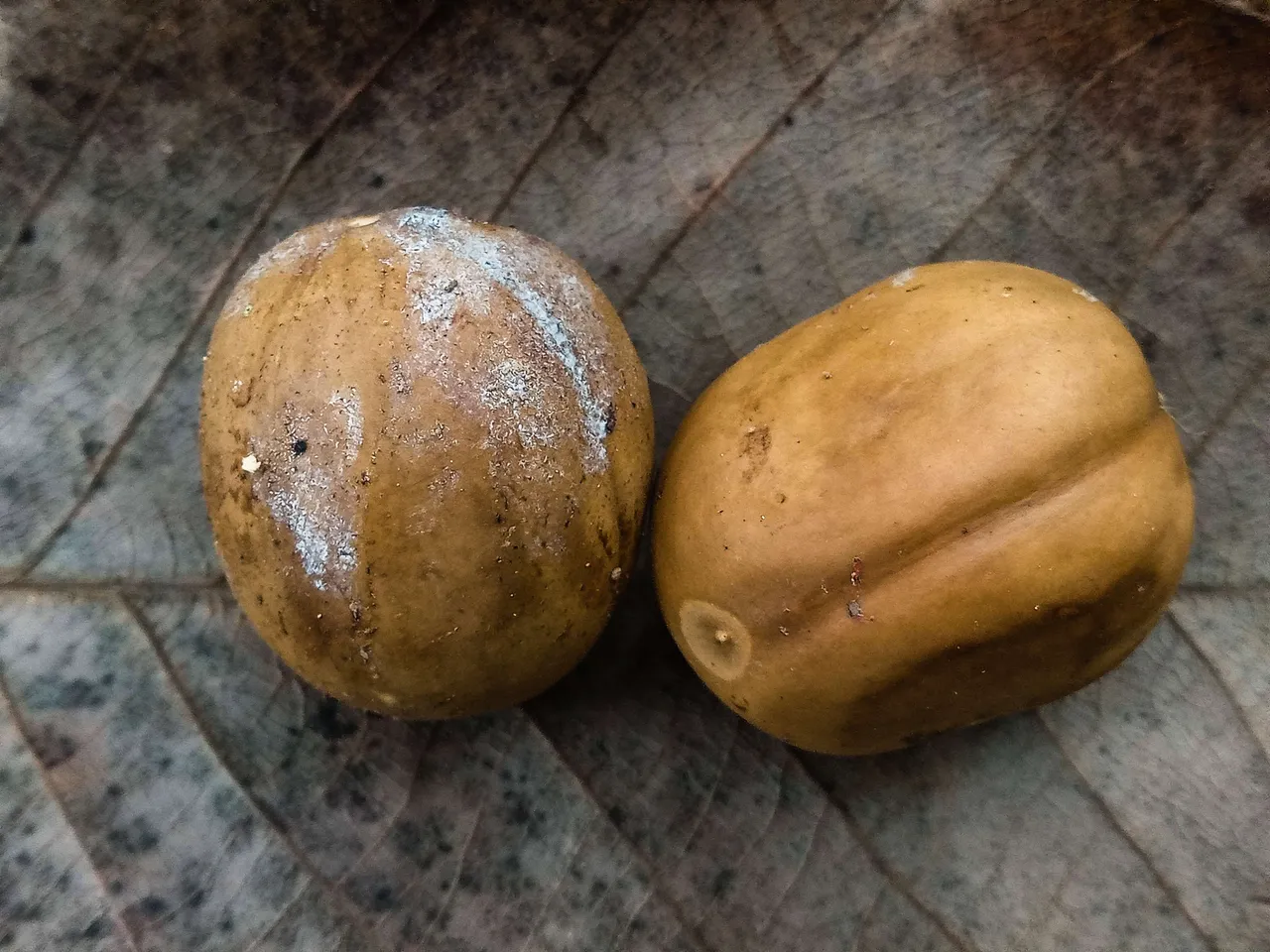


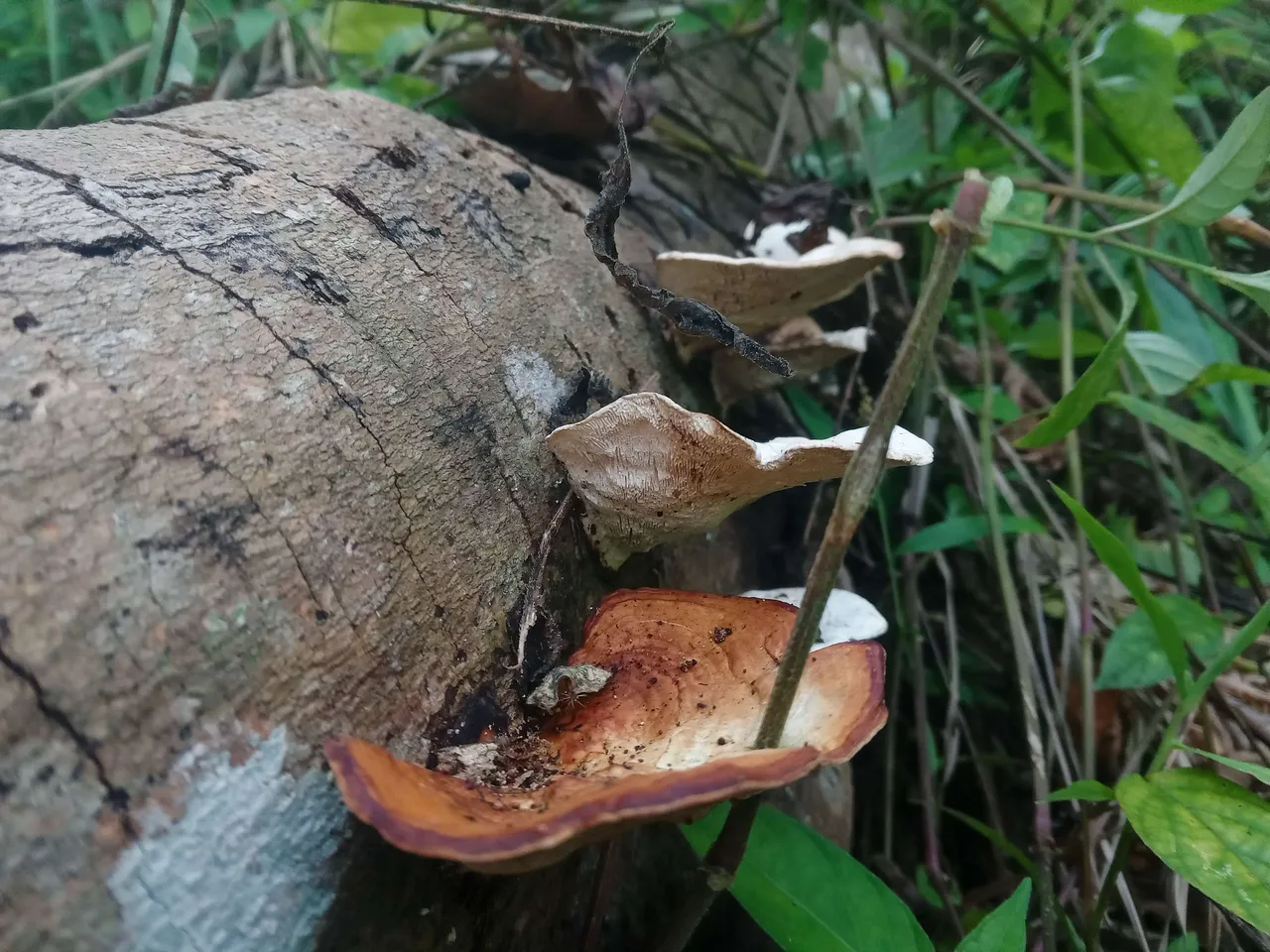

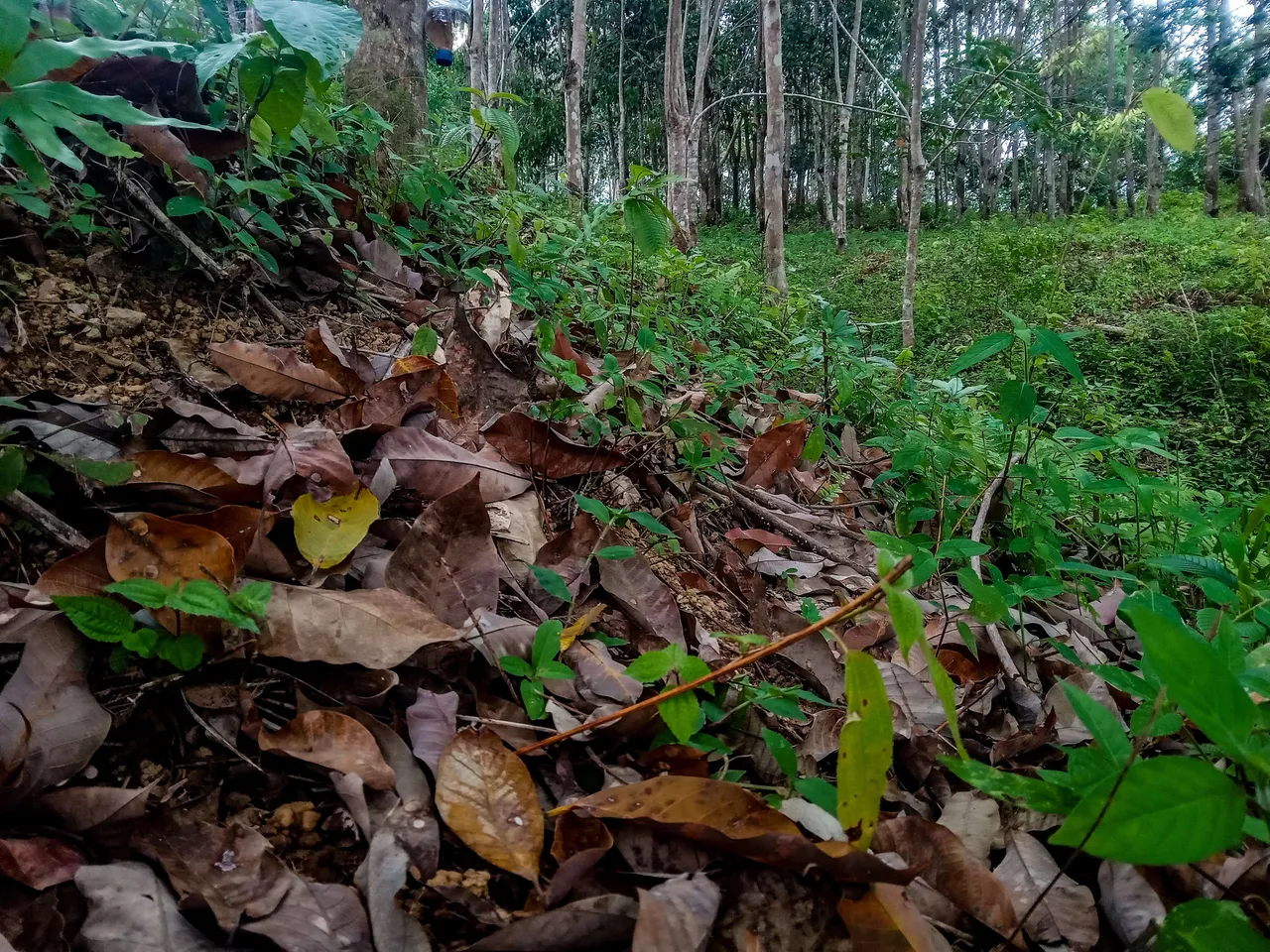
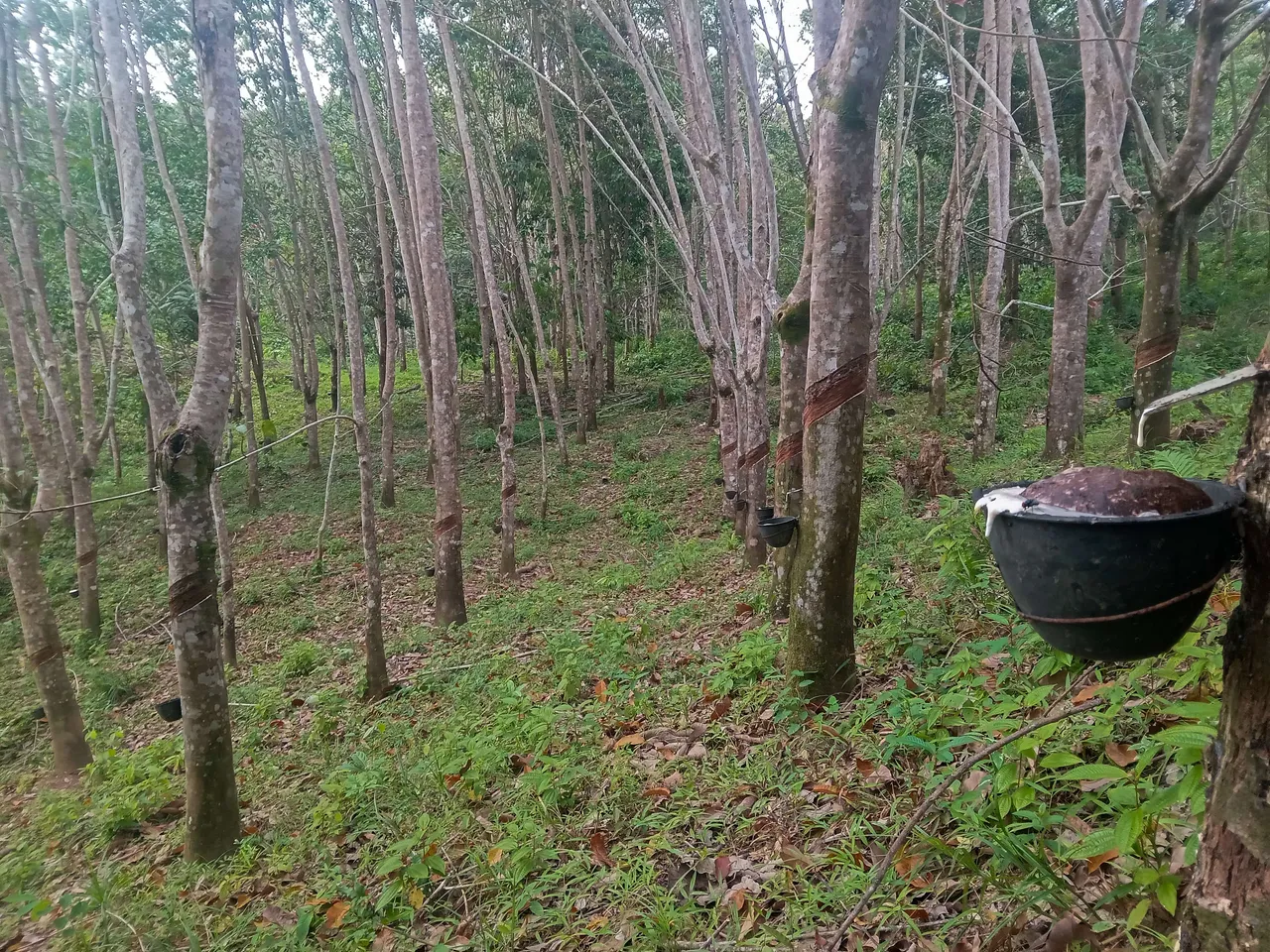

Rubber trees are also included in the forest tree group which can also grow wild in the forest. In addition to the sap which has economic value, these trees have the same function as other forest trees, their existence can help supply clean air and also act as a reservoir for water sources in each of these rubber trees.
As an activity and nature lover, I prefer to plant rubber trees rather than oil palm trees, because their function is to maintain the air cycle properly, while oil palm trees are a type of tree that absorbs water and does not supply fresh air.


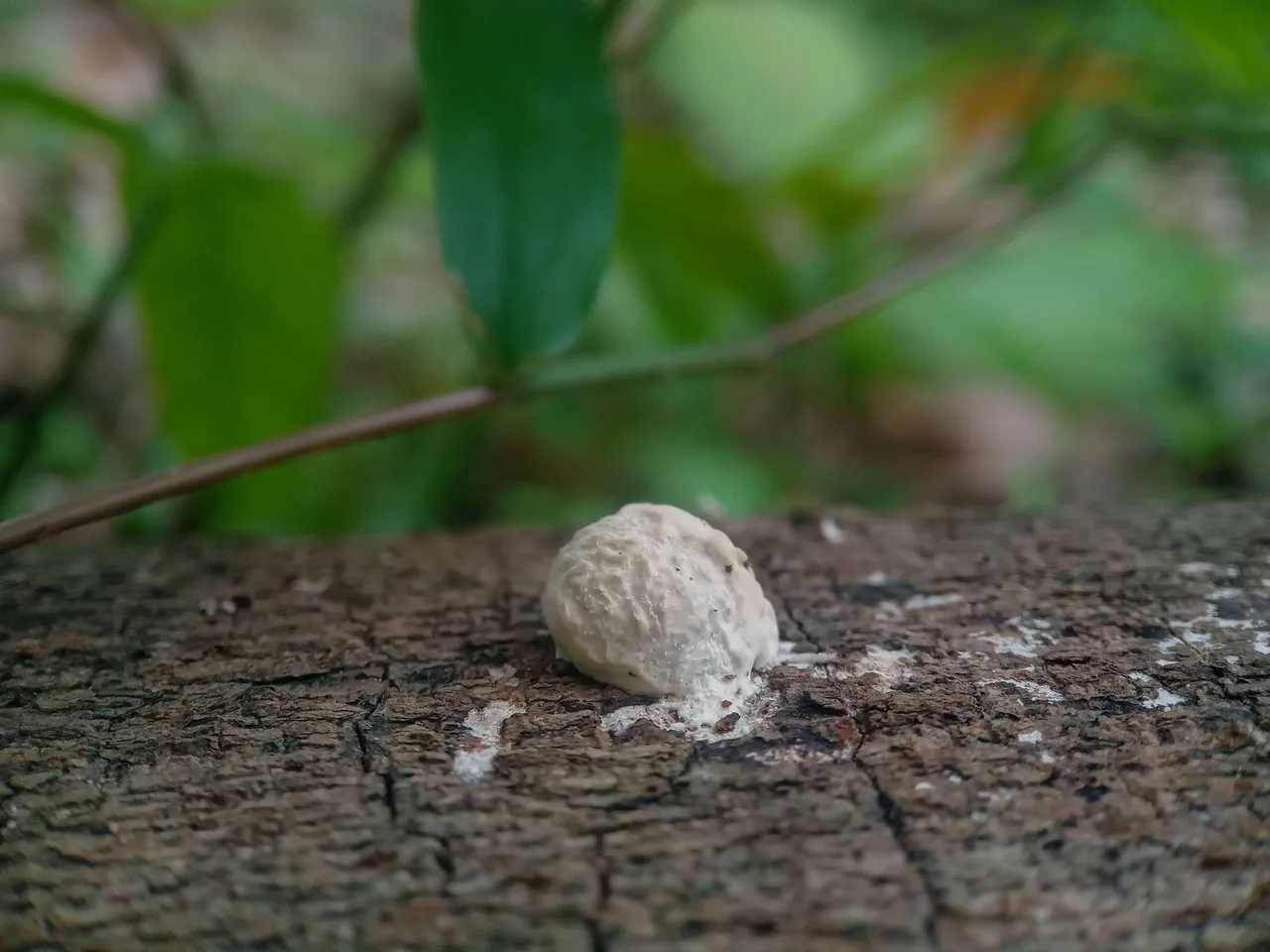
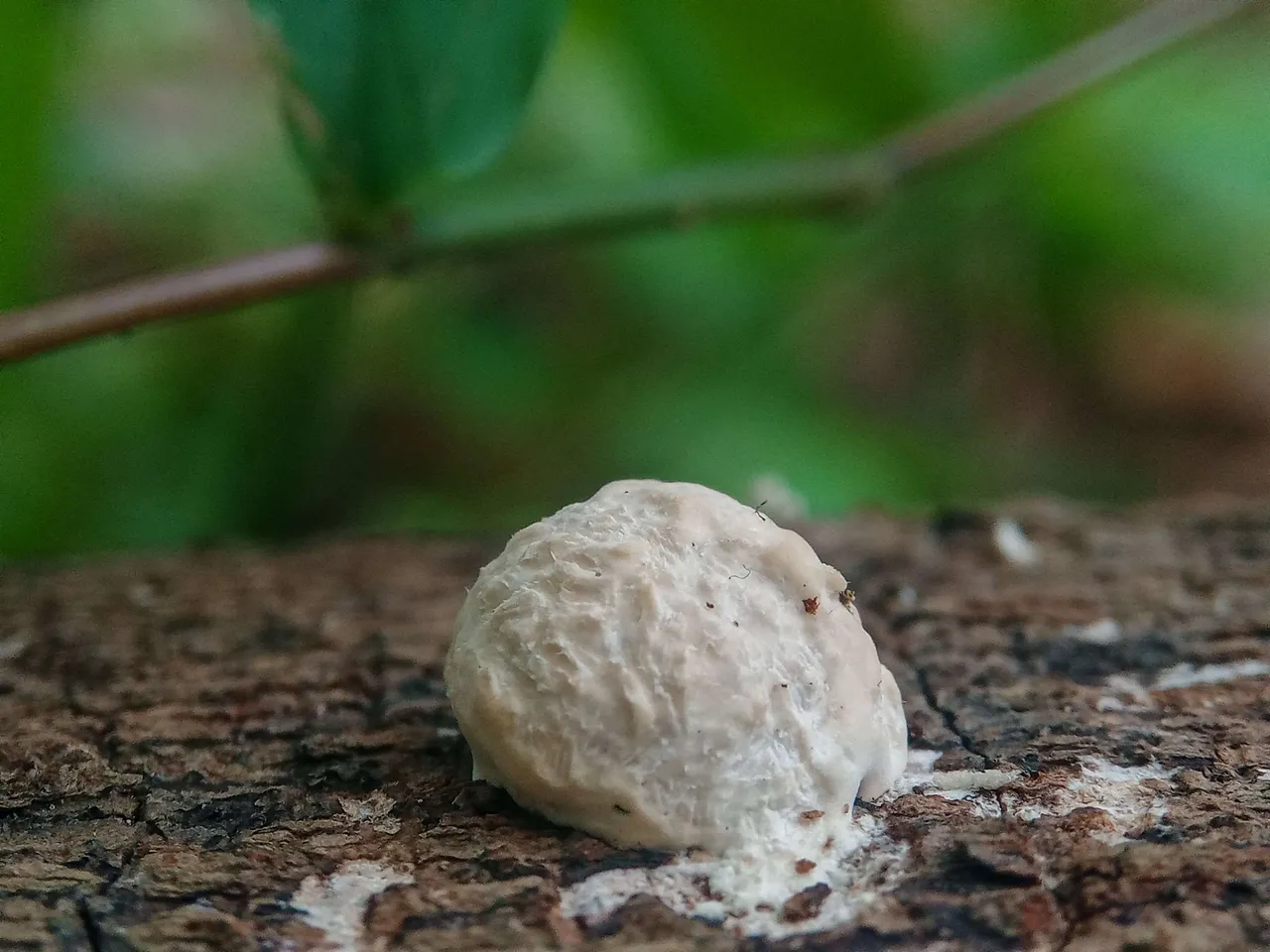
And I also shot several other image objects around the rubber plantations, just to make my post look a little sweeter, I hope that's what you think.
I think the beautiful leaves and mushrooms that grow wild around the garden are worth capturing in this post.
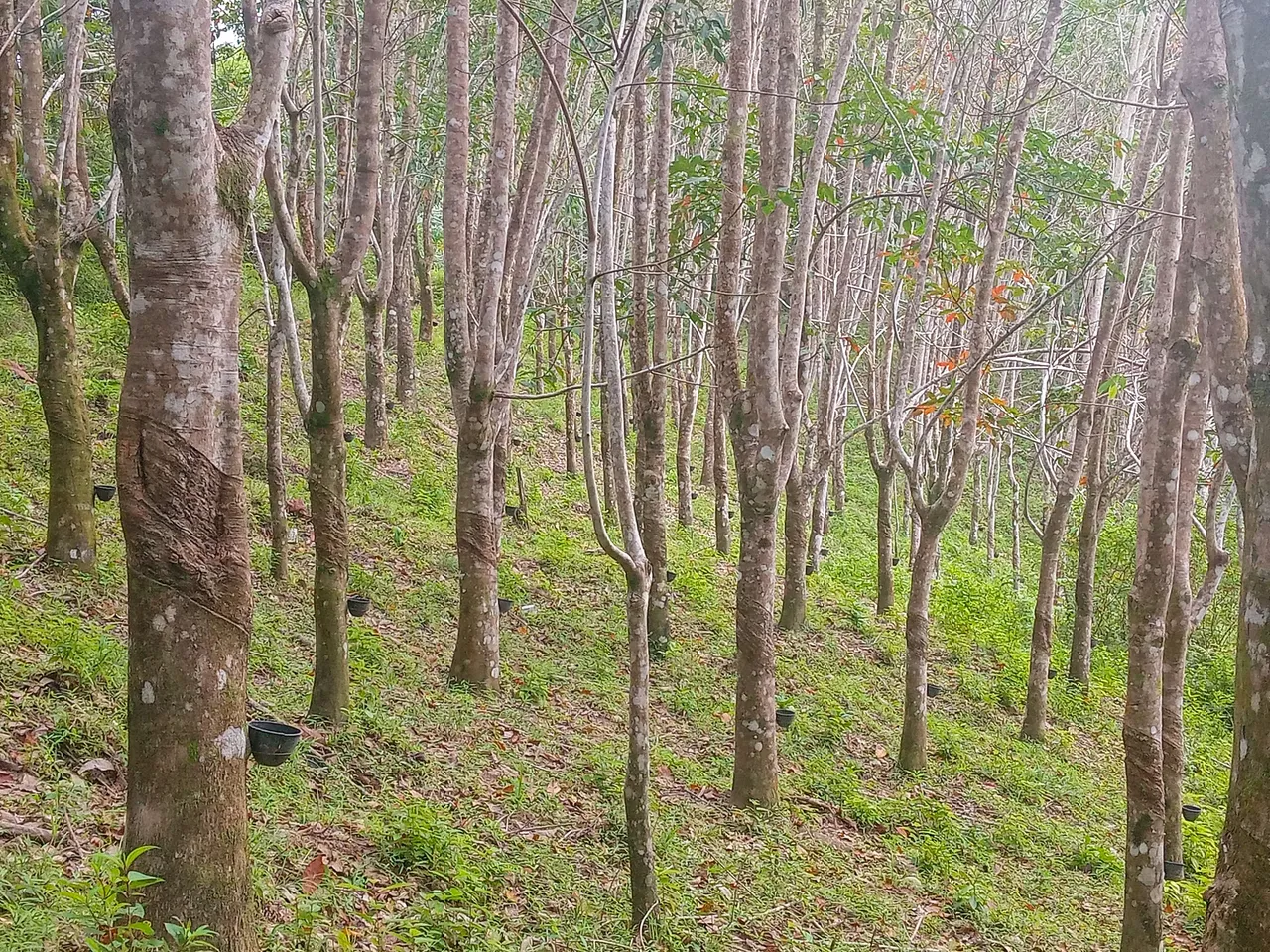






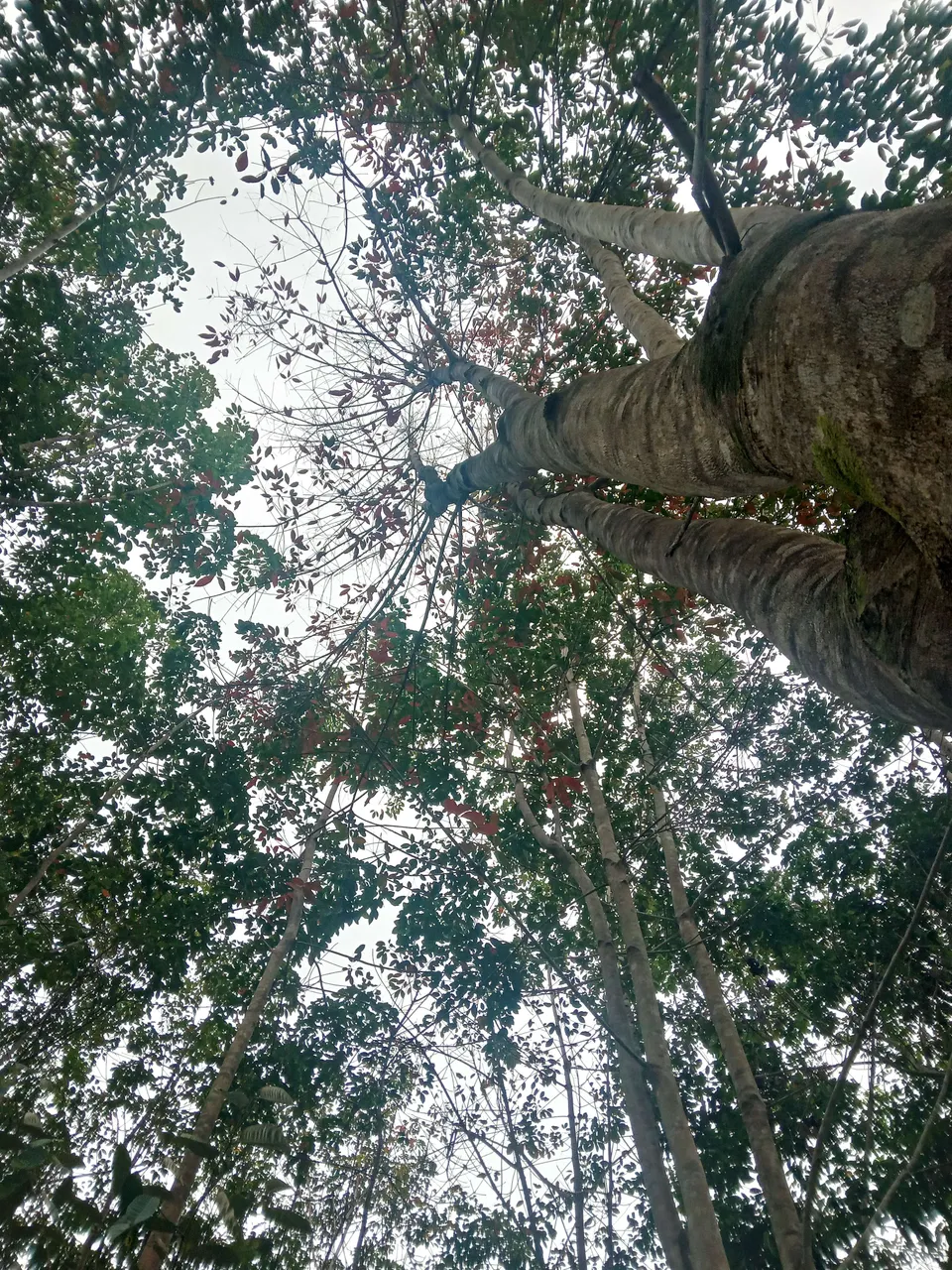

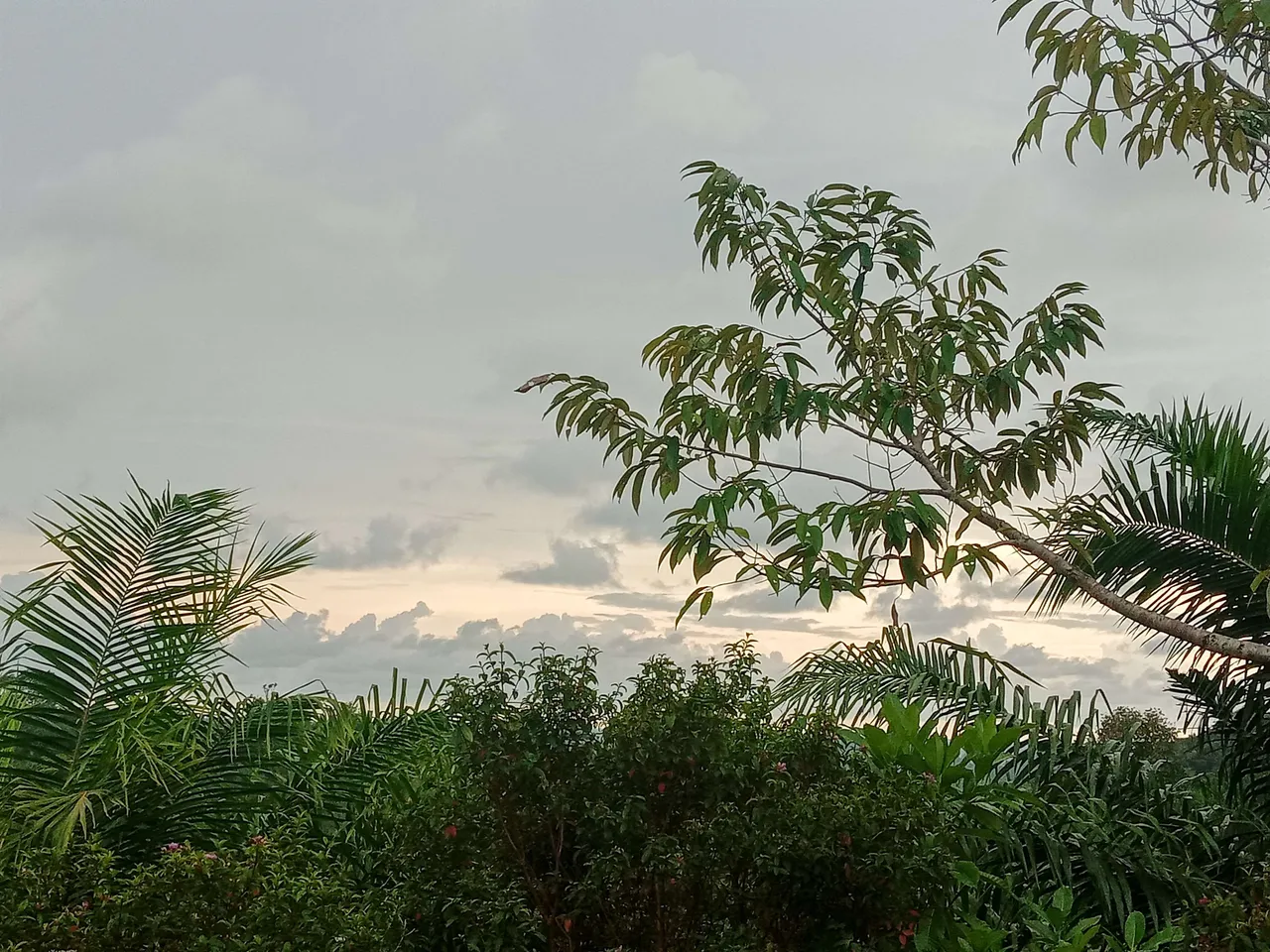

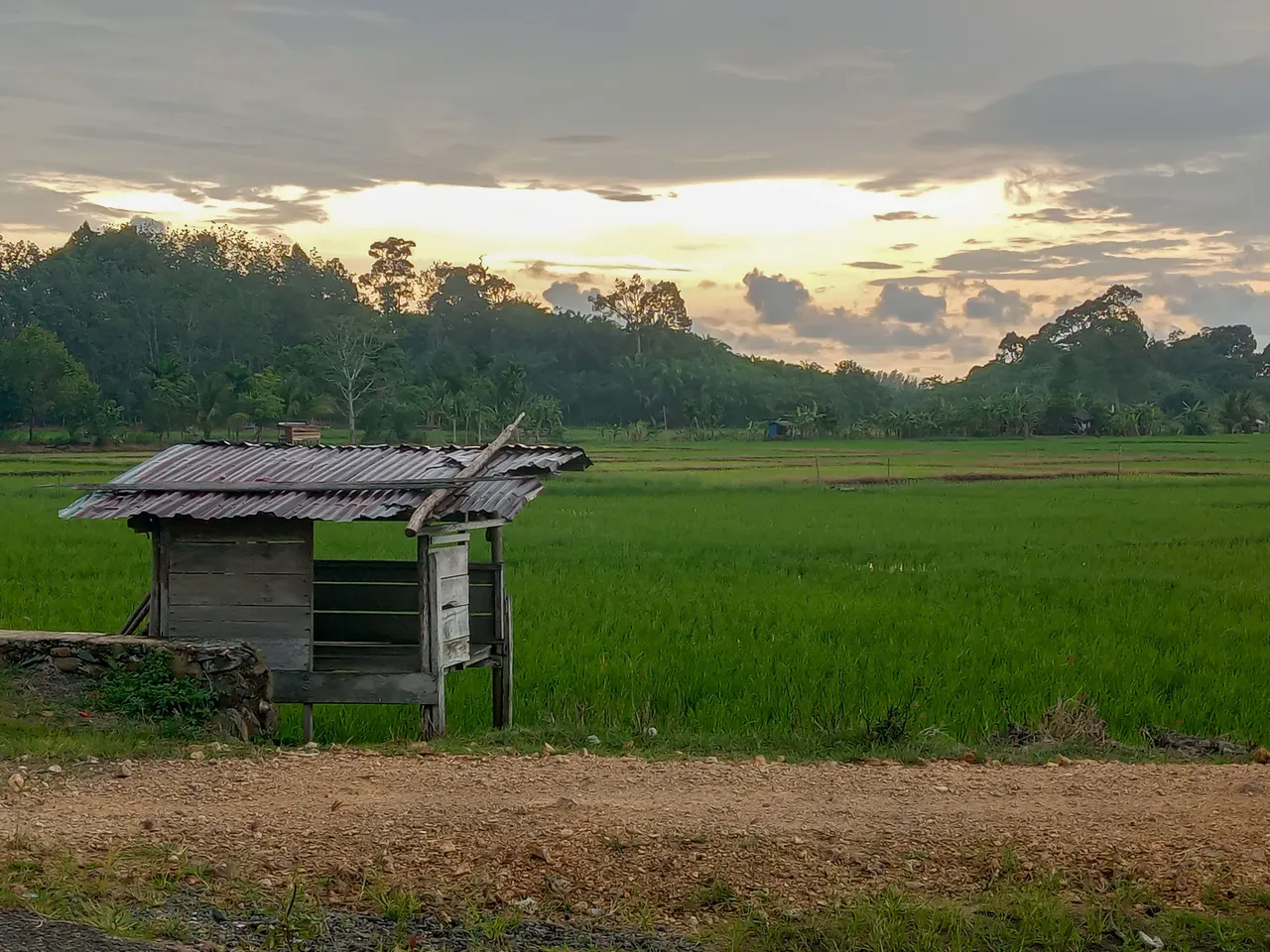
All images and writing that I show in this post are my own. I took this picture using my Samsung smartphone camera.
Thank you to all of you who have read it, and thank you also to all of your support. I promise to continue to share various things with you here, especially articles related to nature, environment, plantations and forestry. See you later.